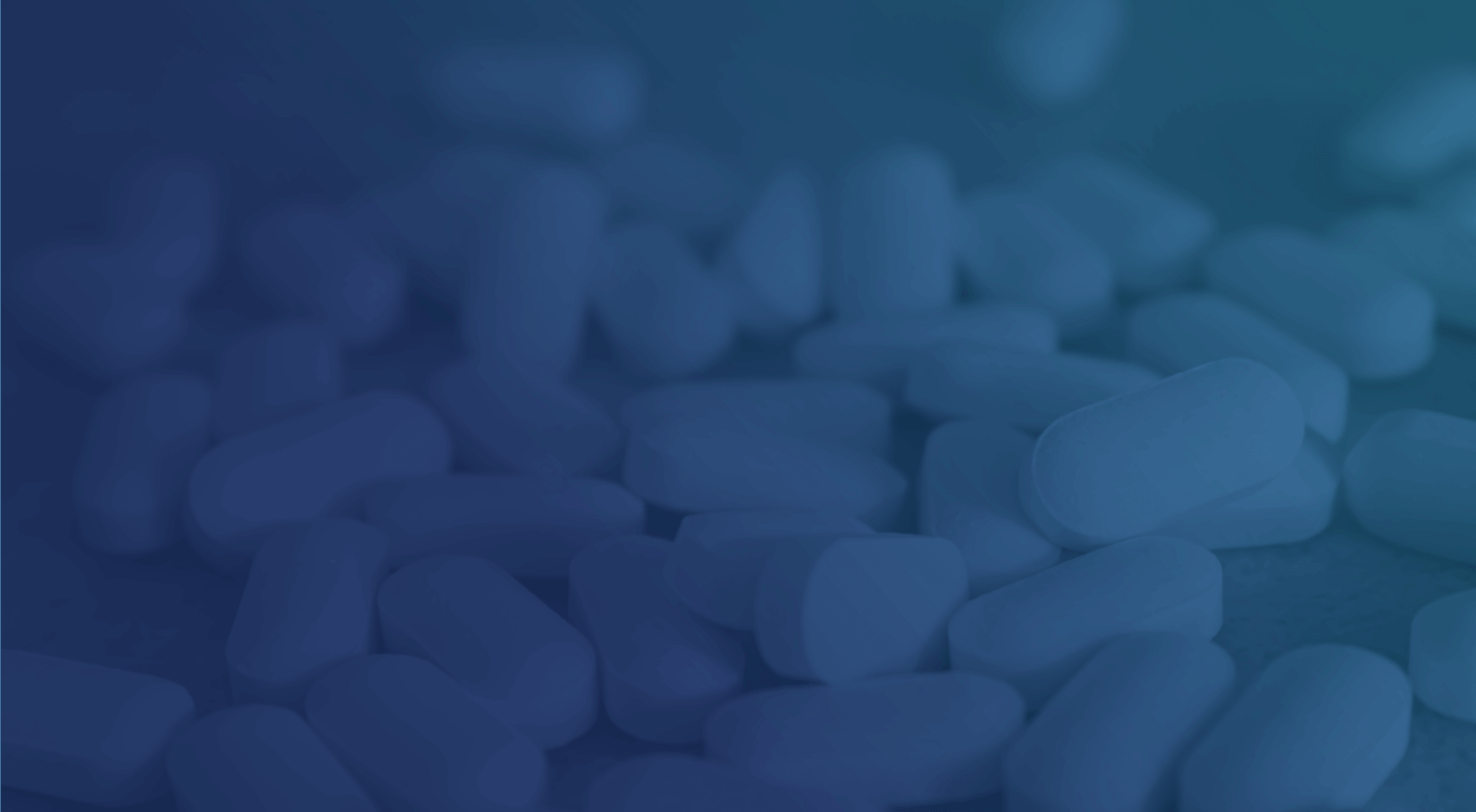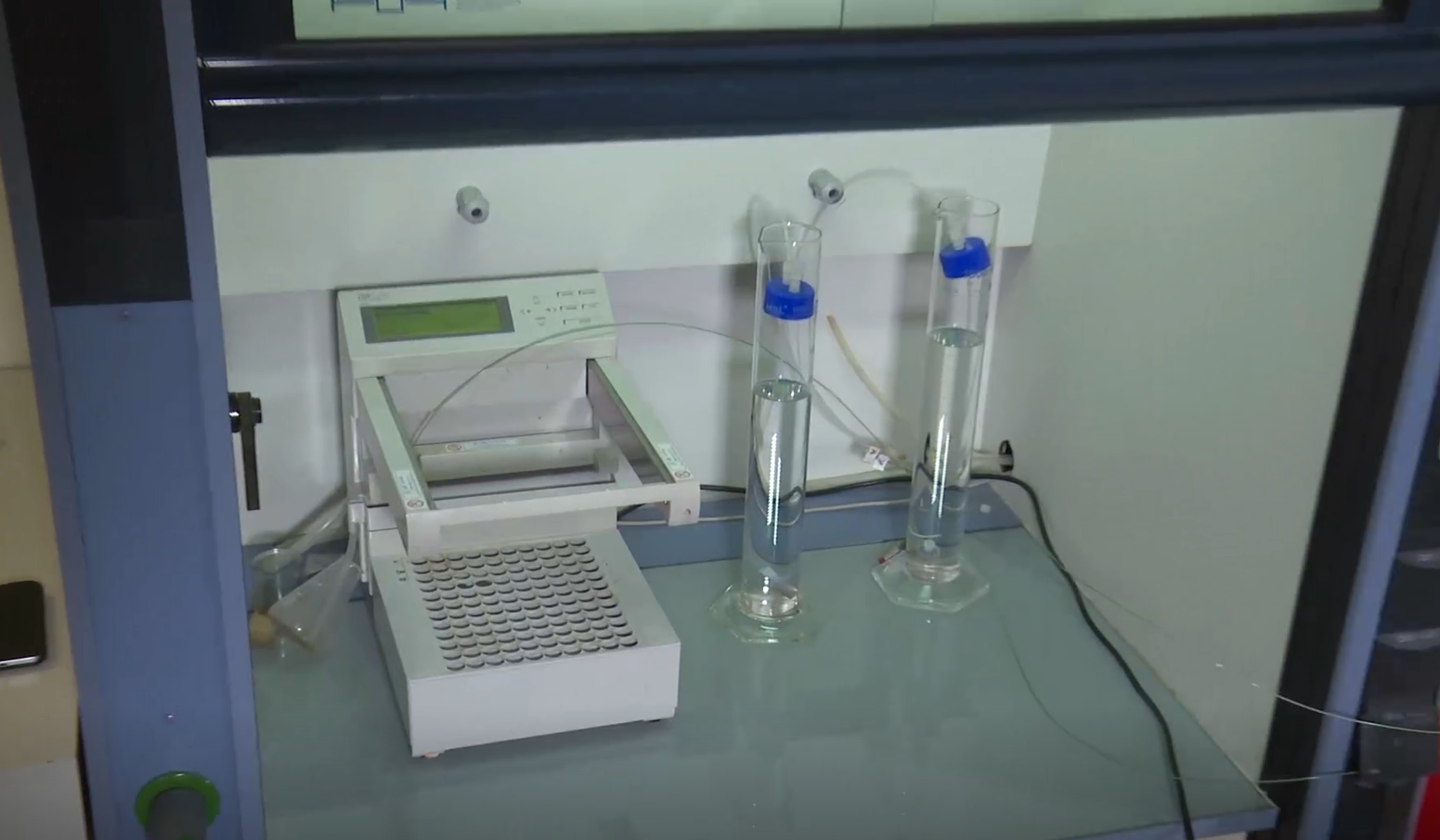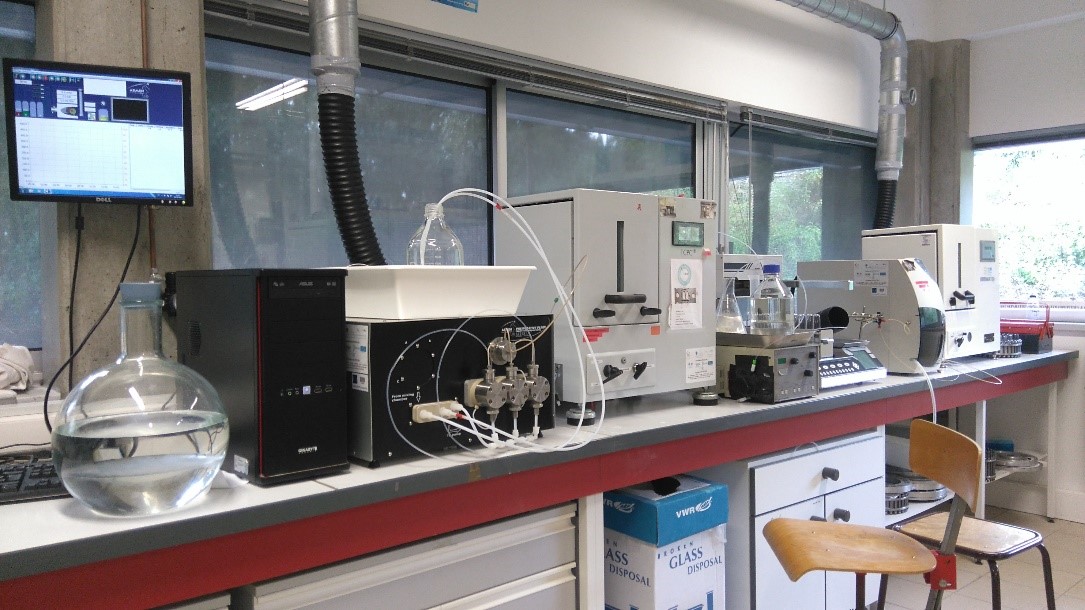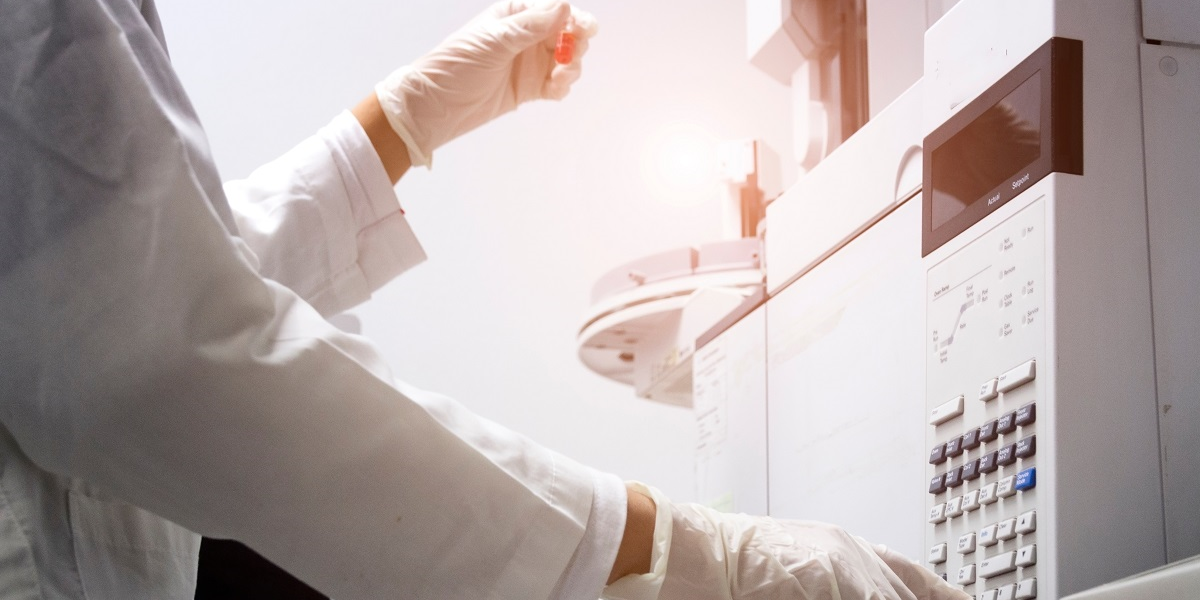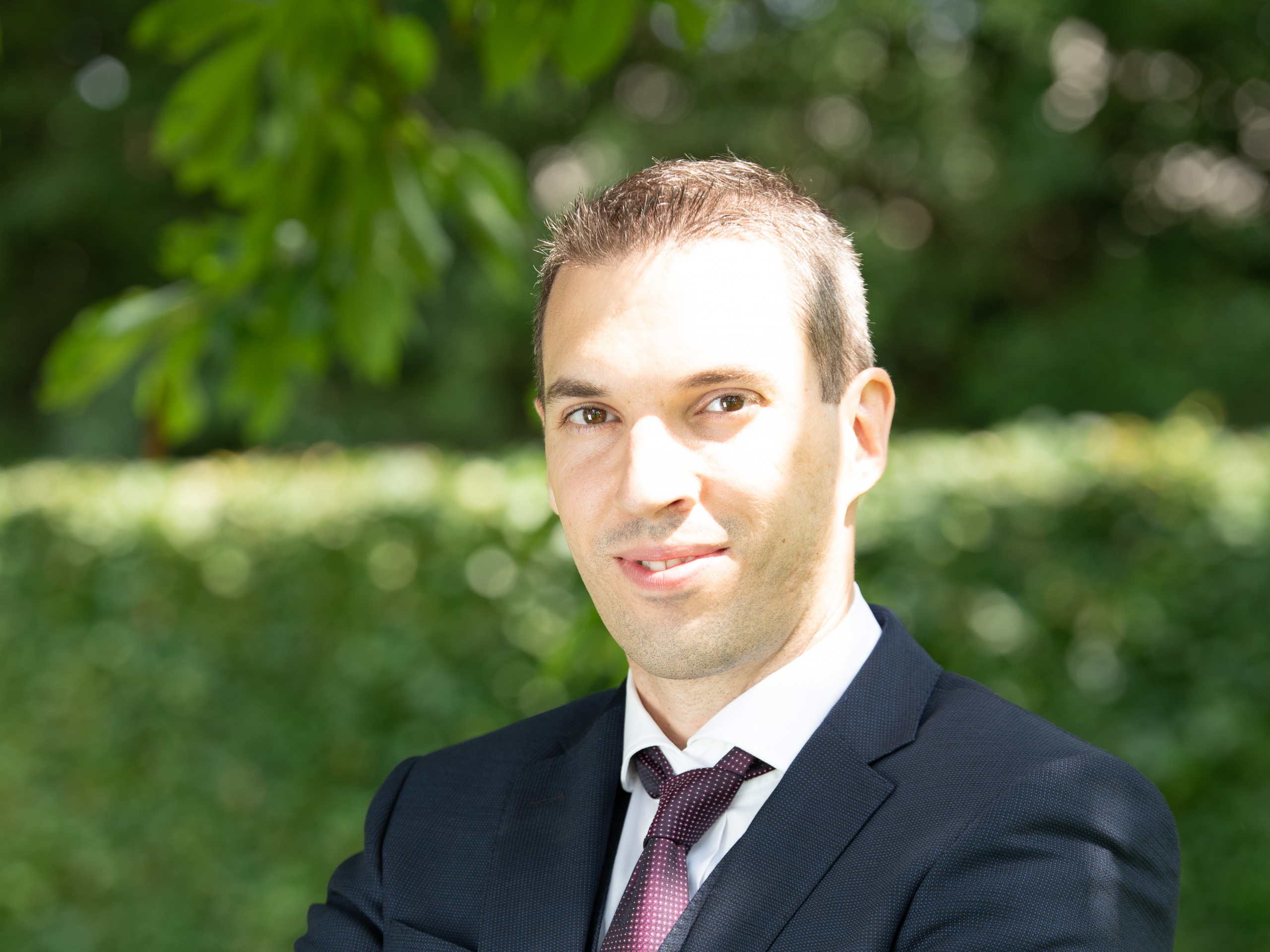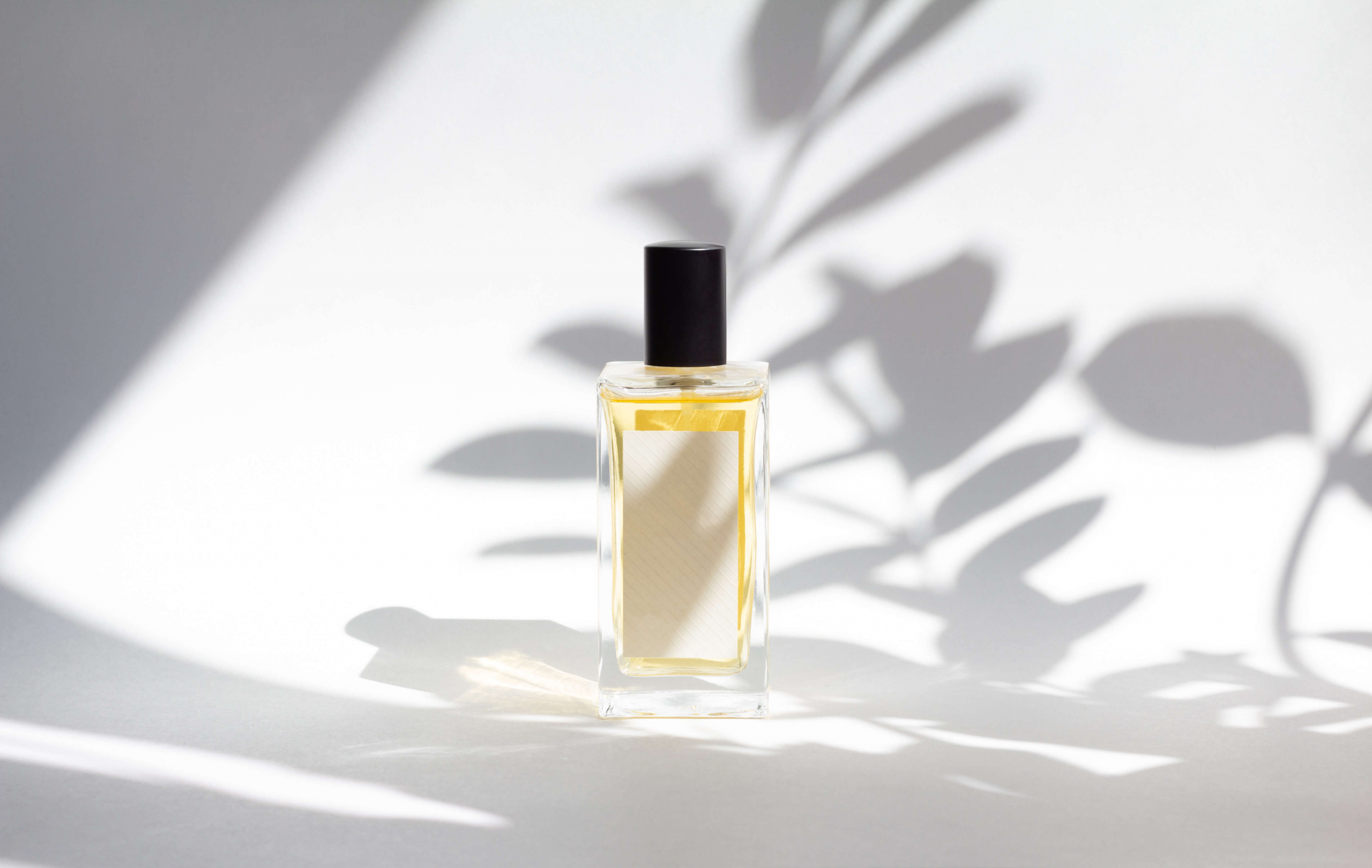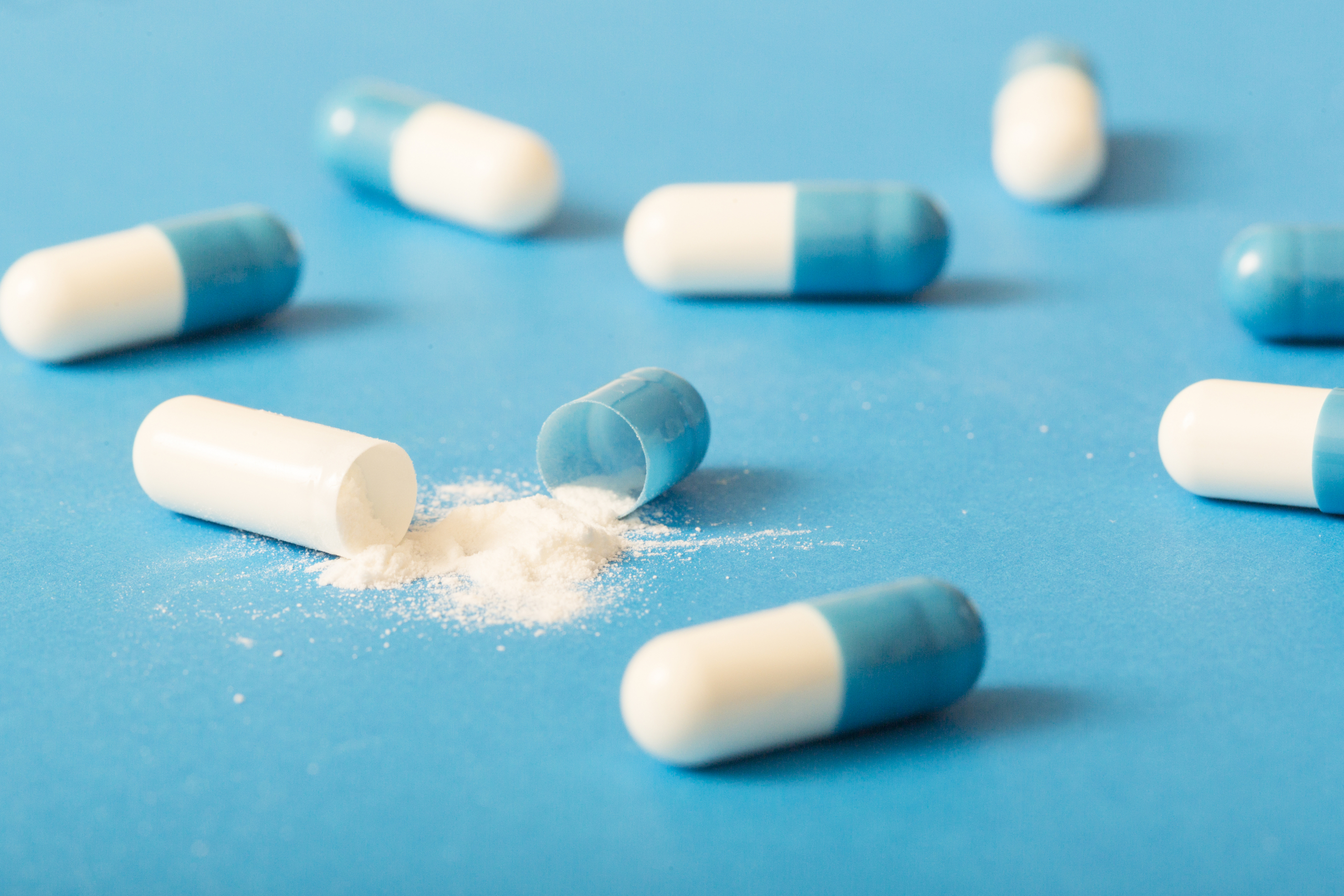Molecule Extraction and Purification
Comparing extraction processes, purifying natural and synthetic substances, and developing methods for fractionating molecules of interest
- Reactive extraction
- Distillation
- Membrane filtration
- High-performance liquid chromatography (HPLC)
- CCD (Counter Current Distribution)
- Flash chromatography

